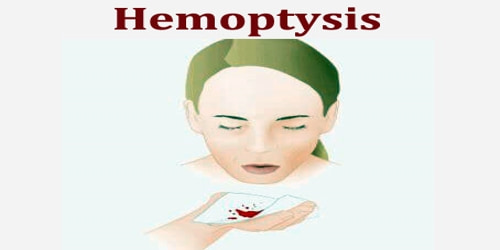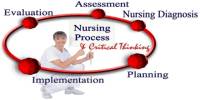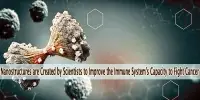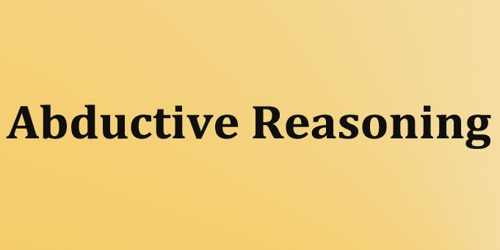Hypertensive Retinopathy
Definition: Hypertensive retinopathy (HR) is a complication of having chronic hypertension, or high blood pressure and affects the blood vessels in the retina. Hypertension or raised blood pressure is usually considered when the reading exceeds 140mm of Hg (systolic) and 90mm of Hg (diastolic). It is recorded as 140/90mm of Hg.
When our blood pressure is too high, the retina’s blood vessel walls may thicken. This may cause our blood vessels to become narrow, which then restricts blood from reaching the retina. In some cases, the retina becomes swollen.
Over time, high blood pressure can cause damage to the retina’s blood vessels, limit the retina’s function, and put pressure on the optic nerve, causing vision problems. This condition is called hypertensive retinopathy (HR).
Treatment at this level depends upon the risk of coronary events, the presence of diabetes or end-organ damage. All patients with malignant hypertension or a sustained blood pressure more than 160/100mm of Hg should be treated.
In hypertensive retinopathy, retinal arterioles (small diameter blood vessels joining arteries to capillaries) respond to systemic hypertension by narrowing. Narrowing depends upon the degree of pre-existent involutional sclerosis (fibrosis). Hypertensive retinopathy shows features of narrowing (Vasoconstriction), involutional sclerosis (arteriosclerosis) and leakage (hemorrhage, oedema and hard exudates).
Causes, Sign, and Symptom of Hypertensive Retinopathy: Prolonged high blood pressure, or hypertension, is the main cause of Hypertensive retinopathy. HR generally occurs after our blood pressure has been consistently high over a prolonged period.
Our blood pressure levels can be affected by:
- a lack of physical activity
- being overweight
- eating too much salt
- a stressful lifestyle
High blood pressure also runs in families. Hypertension may be primary or essential for which there is no detectable cause.
Secondary hypertension may be caused by an underlying disease such as:
- Primary hyperaldosteronism.
- Cushing’s syndrome.
- Phaeochromocytoma.
- Renal vascular or renal parenchymal disease.
- Coarctation of aorta.
- Hyperthyroidism.
- Hyperparathyroidism.
Major risk factor for essential hypertension is the severity of hypertension. General risk factors are the use of tobacco, alcohol, high salt diet, obesity, and stress.
For arteriosclerotic hypertension, it is the duration of disease which is an important risk factor.
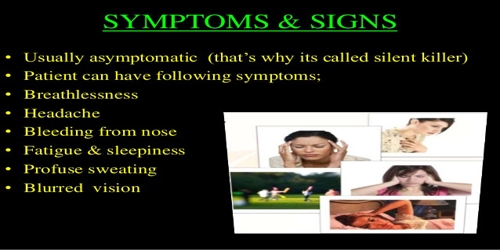
People probably won’t have any symptoms until the condition has progressed extensively. Possible signs and symptoms include:
- reduced vision
- eye swelling
- bursting of a blood vessel
- double vision accompanied by headaches
Get medical help immediately if people’s blood pressure is high and they suddenly have changes in their vision.
Diagnosis and Treatment of Hypertensive Retinopathy: Diagnosis of hypertensive retinopathy is based on the presence of systemic hypertension and examination of the retina (by an eye specialist) after dilating the pupil. Eye doctors may use a biomicroscope and several different types of ophthalmoscope to view the internal structures. Sometimes additional testing such as optical coherence tomography (OCT) or fluorescein angiography may be needed to see more detail. These tests will allow doctors to detect swelling in the retina and possible leakage of blood vessels.
Treatment of hypertensive retinopathy begins with controlling hypertension. If vision loss begins to occur, the retina is treated by injecting steroids into the eye. Antivascular endothelial growth factor medications are injected also. Example of antivascular medications includes ranibizumab, pegaptanib, and bevacizumab. Retinal swelling is also sometimes treated with a laser.
To prevent HR, take steps to avoid high blood pressure:
- Take blood pressure medication regularly.
- Get regular exercise.
- Eat a balanced diet.
- Avoid smoking.
- Get regular medical exams to ensure that people’s blood pressure readings are normal.
A major aim of treatment is to prevent, limit, or reverse target organ damage by lowering the person’s high blood pressure to reduce the risk of cardiovascular disease and death. Treatment with antihypertensive medications may be required to control the high blood pressure.
Information Source:

